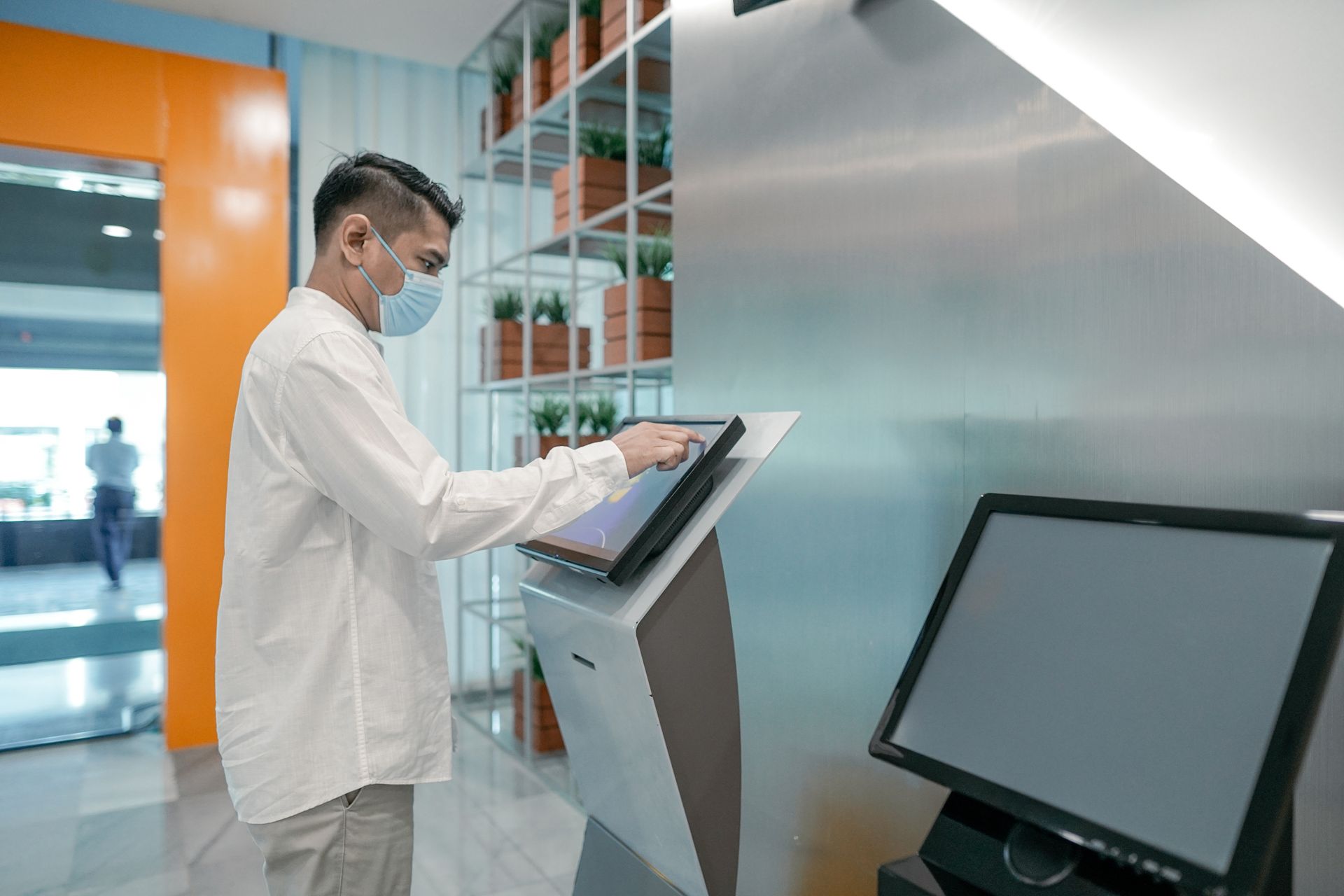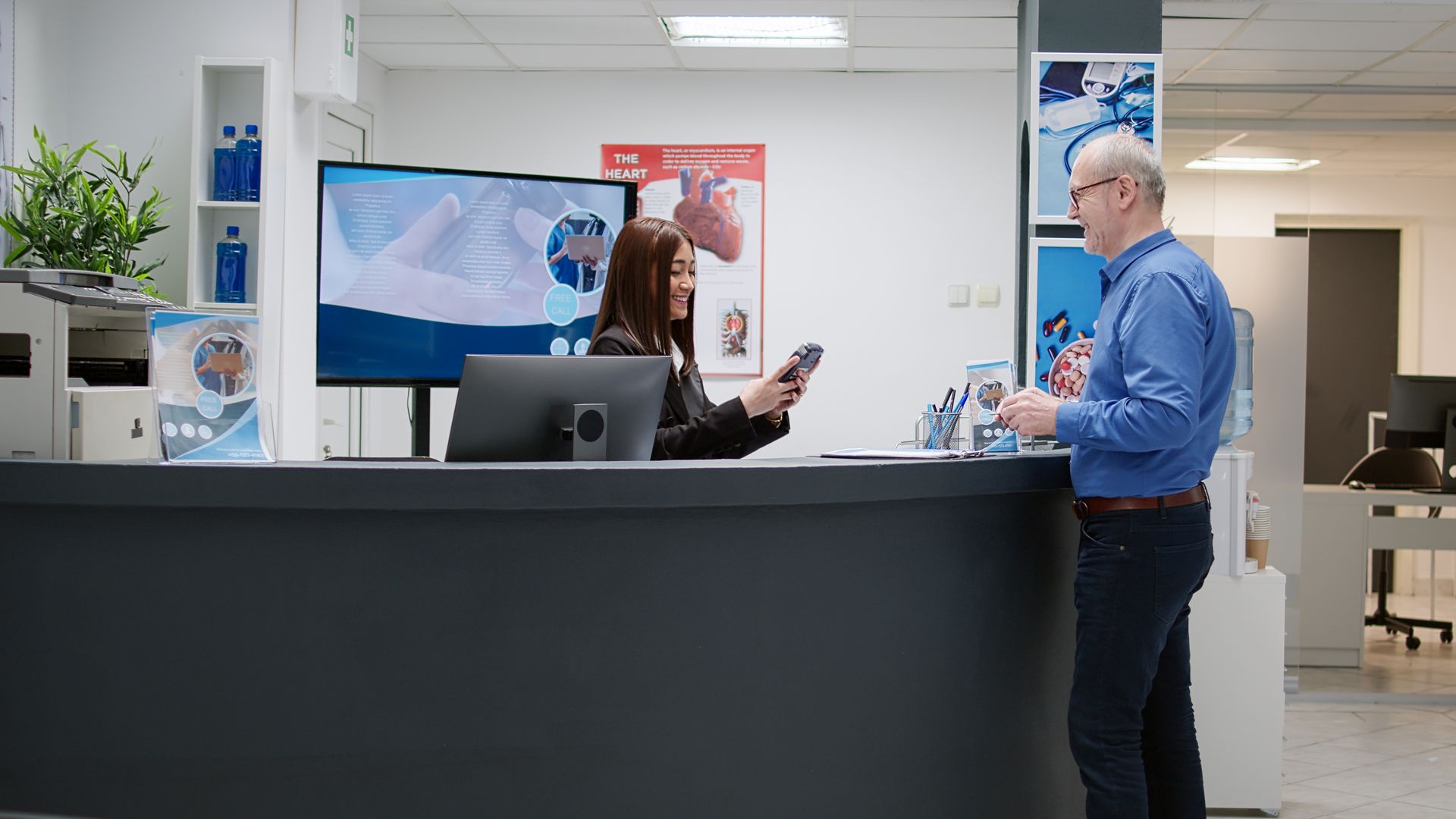Advanced Security Features in Automated Visitor Management Systems

In today’s security-conscious world, businesses and institutions must maintain stringent security standards to protect staff, visitors, and assets. Visitor management systems (VMS) equipped with advanced security features offer an innovative solution, using cutting-edge technology to bolster security and streamline operations. For regions like Saudi Arabia and the UAE, where security protocols are stringent, these systems bring value by enhancing surveillance, reducing human error, and maintaining compliance. This article will delve into the top security features in automated visitor management systems and their impact on security management in high-priority locations.
Understanding Visitor Management System Security
Defining Security Features in Visitor Management Systems
A visitor management system (VMS) is a digital solution that manages the flow of visitors into a facility, securing entrances, authenticating visitors, and controlling access. In high-security environments, visitor management systems often include automated check-ins, biometric verification, and real-time data analytics to manage visitor interactions accurately and securely.
Why Security Visitor Management Systems are Critical in UAE and Saudi Arabia
Regions like the UAE and Saudi Arabia prioritize security, with strict regulatory requirements for access control, data privacy, and visitor authentication. A security-focused visitor management system helps facilities meet these high standards by integrating advanced features, such as AI-driven insights and access restrictions, to control visitor flow and ensure safe operations.
Key Advanced Security Features in Automated Visitor Management Systems
AI-Powered Visitor Screening and Insights
One of the most valuable components in modern visitor management systems is artificial intelligence (AI), which enhances visitor screening and monitoring. AI algorithms assess visitor data to identify potential risks, including background checks, watchlist comparisons, and behavior analysis. This proactive approach aids security teams in identifying threats before they enter the facility, ensuring a safer environment.
Biometric Verification for Accurate Authentication
Biometric technology adds an extra layer of security by using unique biological markers to verify identities. Common biometrics include fingerprint scans, facial recognition, and iris scans, which reduce the risk of unauthorized access. By using biometric data, visitor management systems can authenticate visitors with high accuracy, protecting high-security areas and ensuring that only authorized personnel gain access.
Real-Time Data Analytics for Enhanced Security Monitoring
How Real-Time Analytics Improve Security Protocols
Real-time analytics in visitor management systems analyze visitor data instantly, providing live updates to security teams. By tracking visitor movements and flagging any irregular activity, the system ensures prompt response to potential security issues. For example, real-time data helps security personnel identify unauthorized access attempts or visitors lingering in restricted areas.
Role of Predictive Analytics in Proactive Security
Some visitor management systems use predictive analytics, leveraging historical visitor data to anticipate future risks. By analyzing patterns, these systems can predict high-traffic periods or identify frequent visitors who may require additional screening. This proactive security approach is especially valuable in high-risk environments, helping facilities preemptively manage threats.
Automated Check-In Processes for Security and Efficiency
Benefits of Digital and Contactless Check-In
Automated check-in features allow visitors to register themselves through contactless kiosks or mobile applications. This not only improves visitor flow but also minimizes physical contact, enhancing security and hygiene. With digital check-ins, visitor data is automatically saved in the system, reducing manual entry errors and ensuring accurate records.
Integration of Access Control with Check-In
Visitor management systems integrate with existing access control systems, enabling seamless coordination between visitor check-in and building security. For example, visitors receive digital passes that restrict access to specific areas. This ensures restricted access for sensitive zones within the facility, protecting high-security sections from unauthorized visitors.
Customized Access Levels and Area Restrictions
How Visitor Management Systems Define Access Levels
Visitor management systems allow facilities to assign different access levels based on visitor roles. For instance, contractors might have access to designated areas only, while high-profile guests could access multiple areas. This tiered access control ensures that visitors stay within authorized zones, providing a customized, flexible security solution.
Protecting Sensitive Areas with Zone-Based Access
Zone-based access control uses digital passes or biometrics to manage entry to restricted areas. By limiting access based on visitor clearance and credentials, facilities can prevent unauthorized personnel from entering secure locations like data centers, laboratories, or executive offices. This system enhances both physical security and data protection, keeping sensitive areas secure.
Emergency Response and Evacuation Support
Visitor Management’s Role in Emergency Situations
During emergencies, it’s essential to have accurate data on who is in the building. Visitor management systems provide real-time occupancy data, allowing emergency teams to account for all visitors and direct them to safety. Some systems also integrate with evacuation protocols, sending automatic alerts to visitors with instructions, improving evacuation efficiency.
Real-Time Data for Coordinated Response
In high-security facilities, emergency response often requires instant coordination. Visitor management systems provide real-time data that enables swift decision-making and coordinated action, ensuring visitors are evacuated safely. This data is invaluable in high-stakes situations, particularly in regions with strict safety protocols.
Compliance with Data Security Standards
Meeting Regulatory Compliance in Saudi Arabia and UAE
In the UAE and Saudi Arabia, compliance with strict data security regulations is non-negotiable. Visitor management systems meet these standards by using encrypted storage, secure data transfer, and strict access controls. Facilities can thus confidently store visitor data, ensuring it is protected against unauthorized access and compliant with local laws.
Ensuring Data Privacy and Building Visitor Trust
Data privacy is crucial for building visitor trust. Security-focused visitor management systems adhere to international standards, such as GDPR and local privacy laws, offering transparency on how visitor data is handled. By prioritizing privacy, facilities build trust with visitors, enhancing the overall visitor experience.
Cost Savings and Resource Allocation
How Automated Systems Reduce Security Costs
By automating visitor management processes, facilities can significantly reduce security-related expenses. Manual tasks, such as visitor sign-in and access monitoring, are digitized, allowing security teams to focus on core duties. Automated systems optimize resource allocation and cut down on labor costs, contributing to a more efficient budget.
Efficient Use of Security Personnel and Resources
Visitor management systems streamline visitor processing, reducing the workload for security staff. With features like AI-powered monitoring and real-time alerts, security personnel can proactively address threats, ensuring that resources are used efficiently. This contributes to a more strategic allocation of security staff and operational resources.
Future Innovations in Visitor Management System Security
AI-Driven Advancements and Machine Learning
Future visitor management systems are likely to incorporate deeper machine learning capabilities, allowing for more refined risk assessments and improved predictive analytics. AI advancements could help identify emerging threat patterns, contributing to an even more proactive approach to visitor security.
Blockchain for Enhanced Data Security
Blockchain technology has the potential to revolutionize visitor management by creating tamper-proof visitor records. Blockchain could enhance data integrity, making it nearly impossible for unauthorized parties to alter visitor logs. This could be a major step forward in achieving compliance and building a secure visitor management framework.
Conclusion
Automated visitor management systems provide advanced security features that are invaluable for businesses and institutions in high-security regions like Saudi Arabia and the UAE. By incorporating AI, biometric verification, and real-time data analytics, these systems go beyond simple visitor tracking to offer a comprehensive security solution. From emergency response support to data privacy compliance, these systems not only streamline visitor management but also reinforce security at every level. For facilities aiming to meet strict security and compliance standards, investing in an automated visitor management system is a strategic choice that enhances safety, efficiency, and trust.








